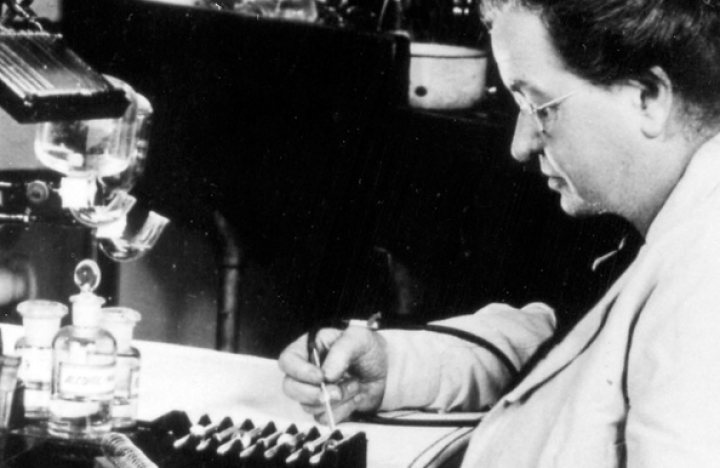Florence Sabin, MD
Inductee Name
Florence Sabin, MD
Place of Birth
Colorado
Date of Birth
1871 – 1953
Year Inducted
1985
Category
Medicine / Healthcare
Sponsor
BPW Foundation
Impact
Nationwide
The girl’s mother died on Florence’s seventh birthday in 1878. Their father, George Sabin found he could no longer run the mines while caring for his daughters, so e enrolled them in a boarding school. The two girls ended up living with their uncle in Chicago after that, attending private school. The girls then moved to Vermont, and Florence and her sister went on to attend Smith College in Massachusetts. Florence’s fascination with and genius for science war becoming more apparent. Dr. Preston, a woman dean at the college became her mentor and urged her to become a physician—despite the fact that American medical schools were not accepting women at that time.
Florence graduated from Smith and returned to Denver, coming home to a mining panic. Many banks and businesses were bankrupt. Her father was unable to provide financial support. Mary took a teaching job.
Meanwhile, in Baltimore, three wealthy women agreed to help finance a proposed medical school at Johns Hopkins University provided the school would accept women. Florence learned about this opportunity. She enrolled and graduated with high honors in 1900 and served three internships there.
Her ground-breaking work eventually would demonstrate that the lymphatic vessels develop from a special layer of of cells in certain fetal veins. The Baltimore Association for the Promotion of University Education for Women financed her research to find the origin of the lymphatic system.
She went on to become a full professor of histology and the first woman professor at the medical school. She later moved to the Rockefeller Institute, where she developed a new tuberculosis treatment and made exciting discoveries about the human circulatory system. Retiring in Colorado, Dr. Sabin was summoned back to work by the governor to improve the state’s poor public health conditions. She got much needed legislation passed. Among the results: Denver’s tuberculosis death rate dropped from 54.7 to 27 persons per 100,000. She is one of two Colorado citizens whose likeness stands in the statuary hall of the U.S. Capitol.


